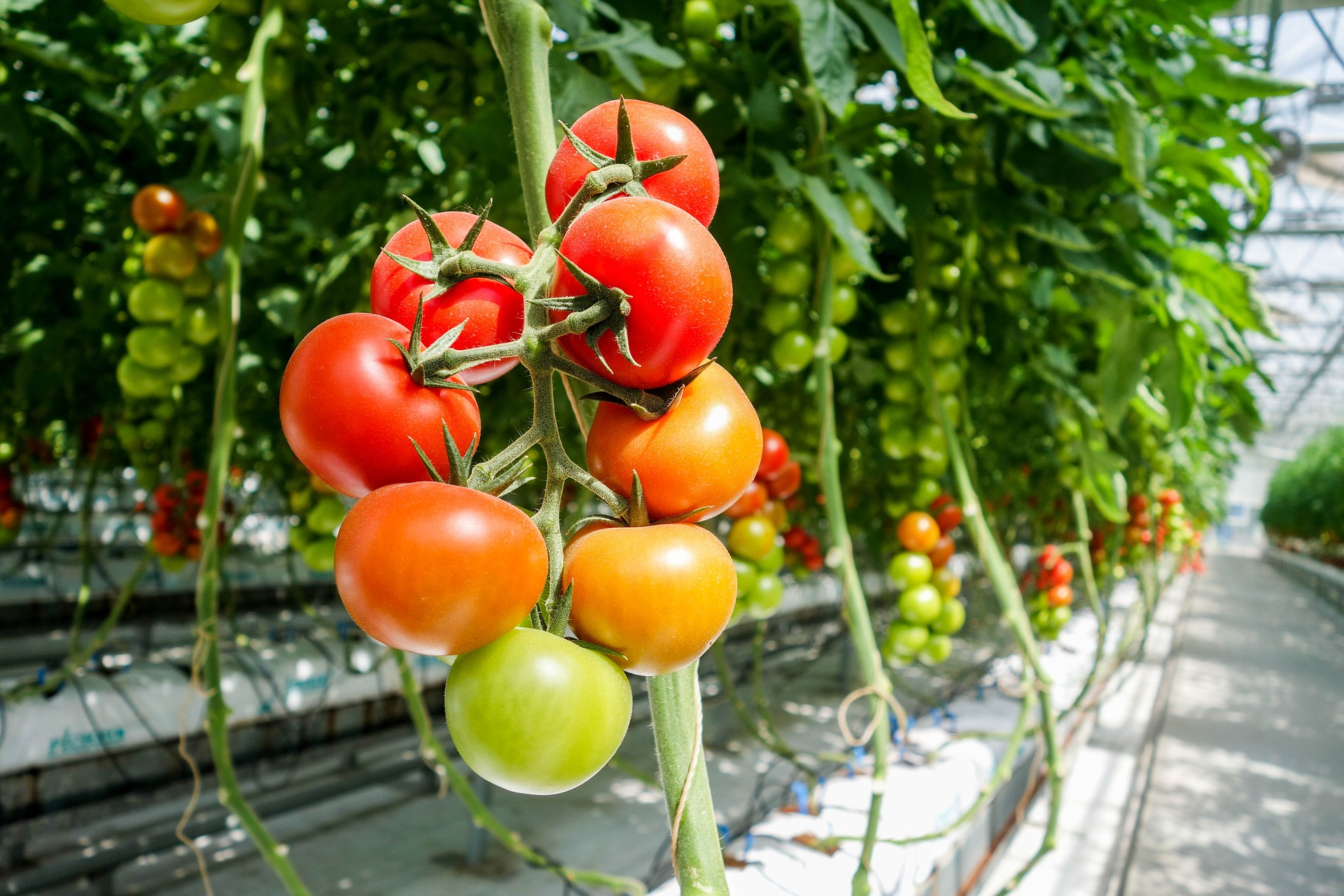
Every now and then your indoor garden needs a little boost from you. Large plants and big yields are wonderful to behold, but they can also mean too much weight for the stem of your plants. Rather than risk a broken stem and lost harvest, learn to use stakes to support your growing garden. Just be careful that you don’t make these 6 common plant support mistakes that could end up causing more harm than help.
Assuming indoor plants don’t need support
Although they are not subjected to heavy rains and strong winds, indoor plants can suffer from broken stems. In fact, being sheltered from the challenges of nature makes them more likely to develop weak stems. So plants in your indoor garden may need extra help if they grow large.
You can also help your plants to naturally strengthen their stems by using ventilation fans. This will replicate the natural breezes that make a plant’s stems bend and sway. The plant will adapt with a stronger stem, just like your abs adapt when they contract and strengthen during exercise.
Misjudging the size of stake you need
Your plant needs room to grow. So when you are adding support, you need to think ahead to make sure the stake will be tall enough to continue supporting the specimen for the next few months. Aim for the stake to be about a foot higher than your plant’s starting height so that it provides adequate support as the plant grows. This will keep down the number of times you need to add new stakes. As the specimen grows, you can add more ties.
Using stained wooden stakes
Wood stains can contain chemicals that are bad for your plants. If a treated wooden stake is tied up with your specimen, the chemicals may leach into the plant. Instead, use unstained bamboo or other untreated wood. Or look into reusable garden stakes.
Tying the plant too tightly
If you are staking a single plant, for instance with a natural bamboo stake, you will tie the stem to the support piece. But you don’t need to tie it too tight. That can cause the tie to cut into the stem and damage your plant. To prevent accidentally damaging the stems, look for stretchy material, like nylon, to tie the plant to the support.
Choosing poor stake placement
For a plant that is already established, putting the stake too close can result in damaged roots, and this can kill your plant. Make sure you are avoiding main root structures. Also, it’s better to place the stake near an edge of the growing container rather than near the center, so that your indoor garden specimens have more room to grow.
Not looking into which support is best for your grow room
Although stakes are a common choice, you do have other options that may work better. A plant yo-yo can support a heavy main branch from above, which is especially useful if you are using a growing medium other than soil. Trellis netting works in a similar way, except that it can support multiple plants at once from above.
Are you looking for more indoor garden and hydroponics tips? Follow the blog at Indoor Cultivator to improve your growing skills.
